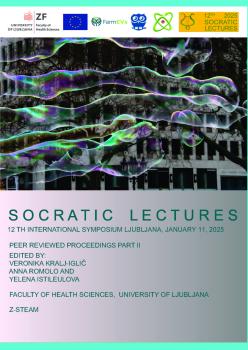How to Hide: Camouflage from Ultraviolet to Infrared
Kratka vsebina
Effective concealment in outdoor environments requires an understanding of basic camouflage principles and the specifics of light spectrum in which detection may occur. Light is mainly reflected and absorbed (from ultraviolet (UV) to near-infrared (NIR)) or emitted (from mid-infrared (MIR) onwards) for a subject with a typical surface temperature of 37°C. In the visible spectrum, concealment is achieved by matching the background reflectance (using appropriate colours) or using disruptive patterns to break up recognizable shapes. These patterns can be applied manually or generated using specialized algorithms that allow for rapid adaptation to different environments. Camouflage in the UV range requires highly absorbing coatings that remain transparent in the visible spectrum, while in the NIR, similar effects can be achieved using absorbing metallic flakes in a polymer binder or carbon black nanoparticles. Beyond the NIR, emittance becomes the dominant factor, and concealment requires controlling an object's thermal signature. This can be done by lowering its temperature, improving thermal insulation, or utilizing selective heat emission through radiative cooling in the atmospheric window (5–8 μm). By carefully considering these principles, effective multispectral camouflage can be achieved.
Prenosi
Pages
Najavljeno
Kategorije
Licenca

To delo je licencirano pod Creative Commons Priznanje avtorstva-Deljenje pod enakimi pogoji 4.0 mednarodno licenco.


